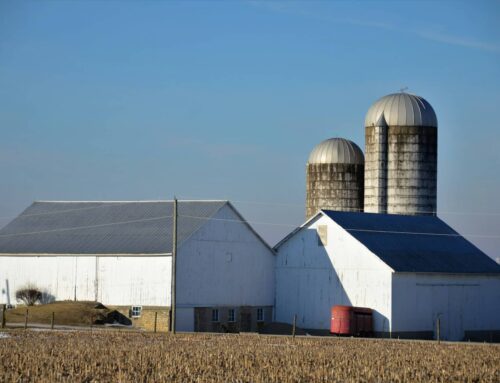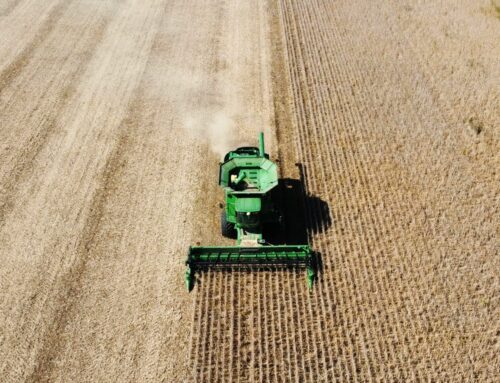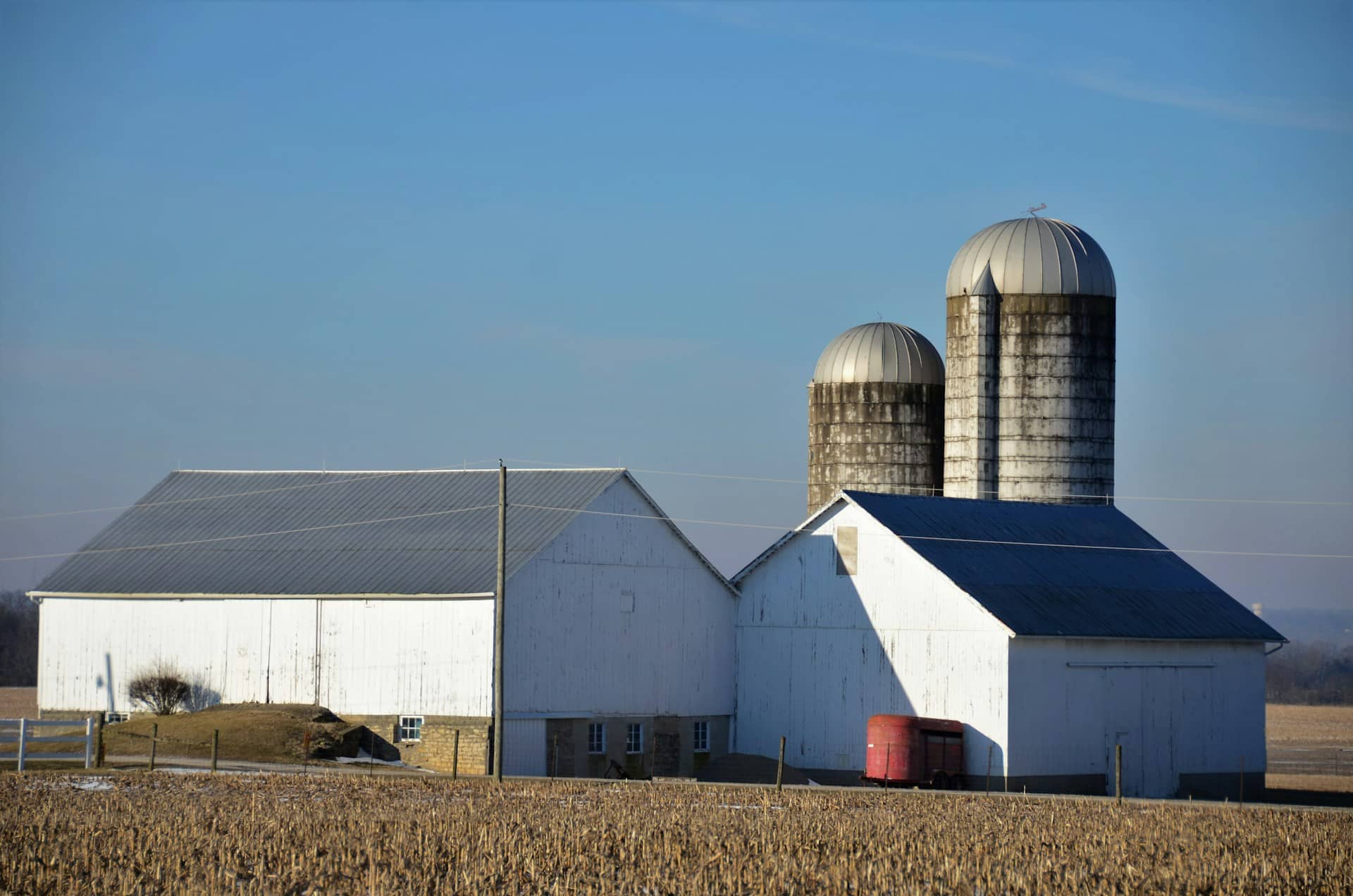The federal government's biggest agricultural subsidy checks are going to the nation's biggest farmers, according to a new report.
More than sixty percent of almost $23 billion in federal farm subsidies provided under the Freedom to Farm Act of 1996 went to farm operations that should be big enough to ride out the economy's up and downs with far less help, charges a report by the Environmental Working Group.
Farmers and landowners that make up that top 10 percent received nearly $14 billion in subsidies between 1996 and 1998 – an average of nearly $100,000 each. Some farms collected $1 million or more. The bottom 90 percent got an average of just over $6,900 for the three years. Farmers, investors, and agribusinesses that comprise the top 10 percent of Freedom to Farm subsidy beneficiaries were paid, on average, at least 27 times as much as the 700,000 farm subsidy recipients in the bottom 90 percent.
Some states showed an especially high concentration of payments to the largest recipients. In Mississippi, subsidy inequities were the greatest. Ten percent of the participants took in 83 percent of all payments to the state – an average of $217,000 for every recipient over three years. Payments were also highly concentrated in Alabama, Tennessee and South Carolina.
The study looked at 30 million USDA records for payments totaling $23 billion that cover the first three years of the Freedom to Farm Act. The subsidies included market transition payments, which were capped at $40,000 per farmer or landowner, and commodity price supports for grain and cotton, which were limited to $75,000 per recipient.
Last year, Congress doubled those payment caps to $80,000 and $150,000 respectively. In February, Agriculture Secretary Dan Glickman loosened payment limits on large farms, allowing them to get an even larger share of federal subsidies.
Under the Freedom to Farm policy, subsidy recipients are free to plant any crop they wanted, or no crop at all, and still are eligible to receive subsidies. This has allowed some recipients to stop farming entirely, while still retaining full eligibility for Freedom to Farm handouts.
Overall, the study concluded that the 1996 law favors large, corporate farms and agribusiness partnerships and is biased against small and medium-sized producers. Farmers that really do need the help are eligible for only minimal subsidies.
When the current farm bill expires in 2002, lawmakers should entirely rewrite the formula for farm subsidies. Congress should require farm subsidy recipients to document their financial need before they receive farm subsidy payments, and aid should be targeted to small and medium sized farms and sharply reduced for corporate agribusiness.










